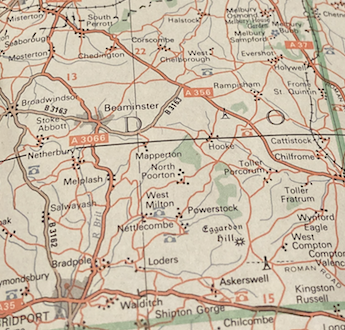Wh- questions for Cambridge B1 Preliminary stories
I’d like to share an idea today to practise and have fun with Cambridge B1 Preliminary story writing.
B1 Preliminary Stories
In the story task, students are always given the first sentence of a story. They have to continue from that sentence and write around 100 words.
I train my students to stop and ask questions to collect their ideas together. I get them to think of the answers to questions starting with: Who, Where, What and Why.
Let’s look at the first sentence of the story in the sample paper in the B1 Preliminary for Schools Handbook.
Jo looked at the map and decided to go left.
Let’s ask 4 Wh- questions (these 4 question words can generate questions for almost any of the B1 Preliminary story sentences) :
- Who is this person?
- Where is the person?
- What’s this person doing?
- Why?
- Who is Jo? Is Jo a man/woman/girl/boy?
- Where is Jo?
- What’s Jo doing? (Also for this particular question: What kind of map is it? What’s on the map? What’s left?)
- Why is Jo looking at the map? Why does Jo decide to go left?
Showing students an example of the next sentence to continue the story generated from this kind of brainstorming can help.
Find the answers to my four questions!
Can you find the answers to my questions by reading my two stories?
1. Jo looked at the map and decided to go left. He was tired of waiting in the traffic jam and the GPS suggested a quicker route to get to the concert.
- Jo is a man. The sentence starts with ‘He’ and he’s driving a car, so he must be an adult.
- Jo is in a car and he’s in a traffic jam.
- He’s driving a car.
- He’s trying to find a way to avoid the traffic, to get moving. He decided to go left to avoid the traffic and get to his destination (the concert).
2. Jo looked at the map and decided to go left. After folding it up, she put it inside her schoolbag and ran along the narrow street.
- Jo is a teenager or perhaps a girl (she goes to school).
- She’s outside, in the street, in a place she doesn’t know.
- She’s deciding which route to take and she’s on foot.
- She’s trying to go somewhere and is using a paper map to find her way. She’s seen a route on the map.
By using these four Wh- Questions, and stopping to brainstorm ideas before they start writing, students should have some ideas for their stories.
In class, why not try this activity to generate ideas?
Then students can pass on their stories to other students to read and answer the four Wh- questions.

